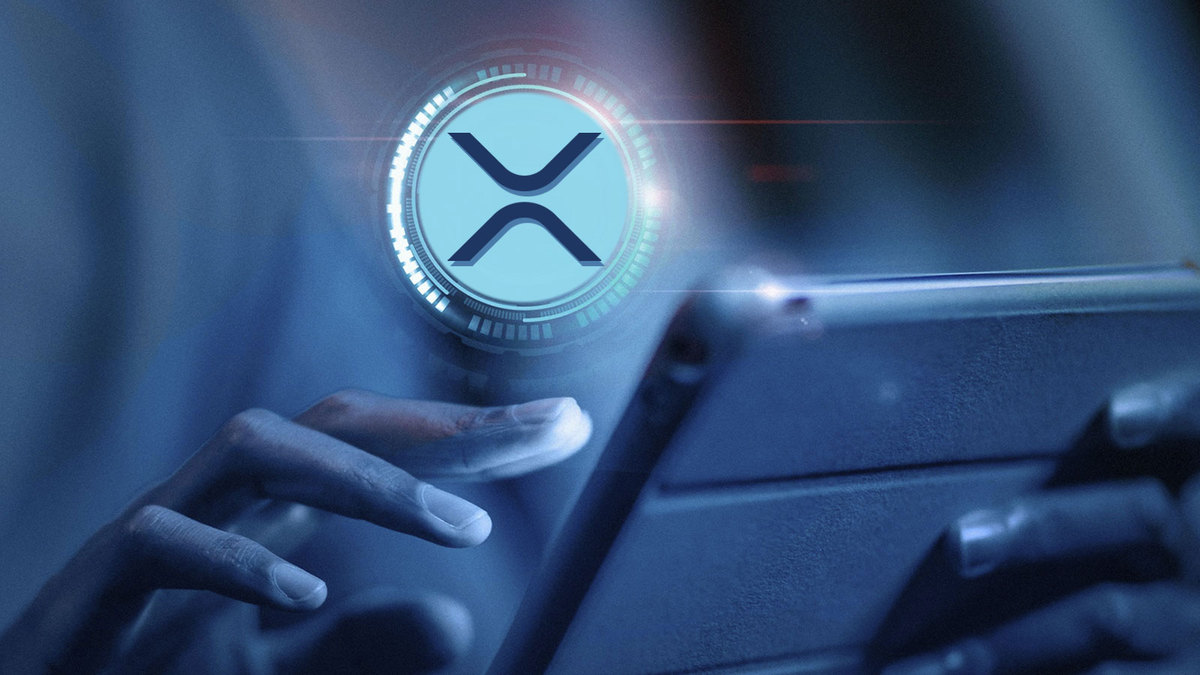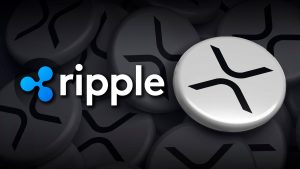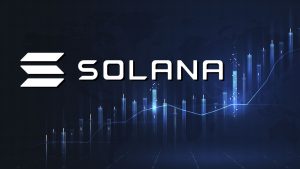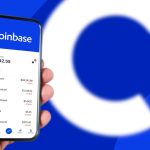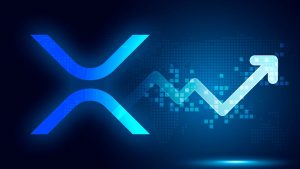Many XRP users are still unclear about the exact roles on the digital currency in Ripple Labs’ CBDC platform. Community insiders share their take on this subject
The crypto community continuously debates whether Ripple Labs’ private Central Bank Digital Currency (CBDC) ledger directly incorporates XRP.
According to a crypto researcher, SmQke, in a post on X, the private ledger relies on XRP, citing documentation as proof.
RippleNet’s Structure and Bank Preferences
Notably, SmQke’s argument was not met with total agreement among crypto enthusiasts and experts. The discussion has led to divided opinions within the community.
For example, in reply to SmQke’s claims, another X user, Juliett Echo Tango, challenged the claim, stating that XRP is only used in one of RippleNet’s three core products.
In addition, Juliett noted that banks generally prefer solutions that do not expose them to digital asset-related risks. As she noted, this is why many opt for Ripple’s private ledger without XRP.
It’s only used with one of the 3 products within RippleNet and BTW. This is why people make the claim Ripple is centralized. Banks do not want their transactions public. Therefore, the need for the centralized-private ledger not using XRP or the XRPL.
• xCurrent provides…
— Juliett Echo Tango (@JasonT65157100) February 12, 2025
She also stressed the importance of knowing how RippleNet works. According to her, the XRP network provides access to multiple products, but only one, previously known as xRapid, utilizes XRP for on-demand liquidity.
Meanwhile, solutions such as xCurrent and xVia, created for simple and stress-free international or regional payments, do not require banks to hold or transact in crypto. This exemption makes XRP involvement unnecessary.
In her defense of XRP, she also referenced an analyst from Grok, an artificial intelligence tool from X. She argued that she could confidently claim that banks have a history of using xCurrent ahead of XRP-based solutions.
Regulatory and Financial Concerns Over XRP
Notably, beyond technology preferences, regulatory uncertainty remains a critical concern. The classification of XRP has long been debated, especially in the US, where the Securities and Exchange Commission (SEC) has challenged Ripple over its legal status.
Likewise, banks must comply with strict anti-money laundering (AML) and know-your-customer (KYC) rules. This remains a major issue why many have been very reluctant to engage with XRP due to potential legal risks.
Another important factor is financial stability. Unlike traditional banking assets, XRP’s price is volatile. This makes it risky for institutions handling large transactions.
While XRP can ease buying and selling by eliminating the need for pre-funded accounts, many banks prioritize stable costs and minimal exposure to market volatility.
Presently, XRP’s connections in Ripple’s private CBDC ledger remain unclear. However, the argument is fueling so many perspectives. Others are patiently observing how Ripple labs will respond to the speculations.
Meanwhile, for the first time, RLUSD issuer Ripple Labs has expanded to Portugal. By partnering with Unicambio, it hopes to boost remittance between Portugal and Brazil.
Disclaimer: The information provided in this article is for informational purposes only. It does not constitute investment, financial, trading, or any other sort of advice. You should not treat any of BGECrypto’s content as such. BGEcrypto does not recommend that any cryptocurrency should be bought, sold, or held by you. Do your due diligence and consult your financial advisor before making any investment decisions.


